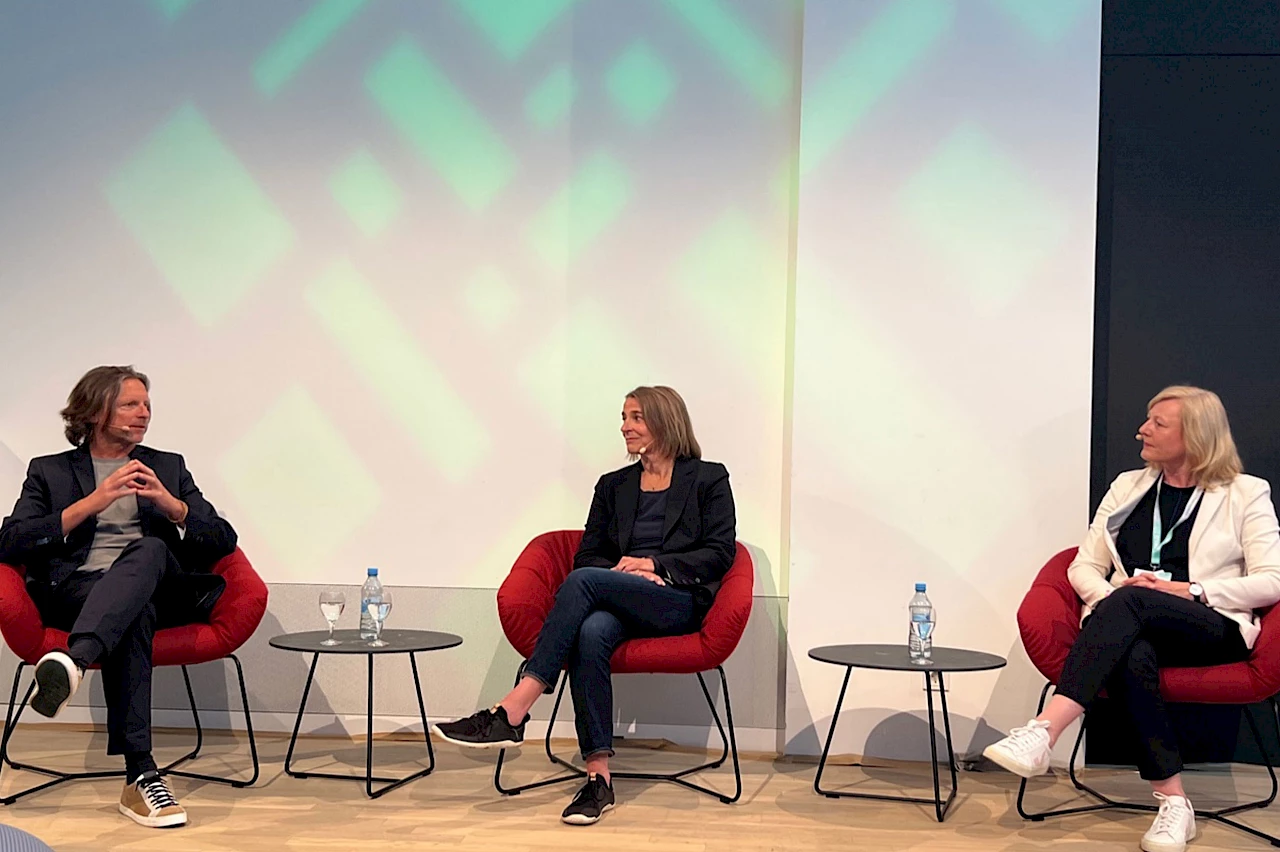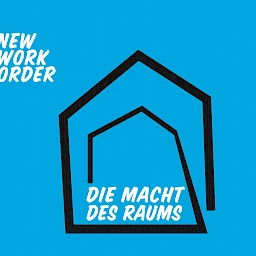This year the New Work Experience, which is the flagship event of New Work SE and its subsidiaries XING and kununu, once again put its stamp on the discussion of the work environment of the future. This year’s focus was on corporate culture. At the afternoon NWX Talk at the NWX held in June 2022, the host and leading HR influencer Gero Hesse talked with Prof. Gesche Joost from Berlin University of the Arts and Kerstin Potthoff-Koß from Drägerwerke about collaborative concepts of work and development, corporate culture, the “new normal” and the question of how New Work is changing leadership.
„I define myself as an enabler, a coach and an intermediary for my employees, and I try to create the best working conditions for them.“ Prof. Gesche Joost
Co-Kreation instead of traditional teaching
New Work has also started to have an impact on teaching. Dr Gesche Joost, who holds a professorship for design research at the Berlin University of the Arts (UdK), is working to create innovations in the field of healthcare. Intelligent products such as an AI hoodie that corrects unhealthy posture and app-controlled “Superhero” trousers for young people with gait disorders are only two examples. At the UdK, research and development work is done in the co-researching space, an open lab that covers 600 square meters, in which all of the university’s disciplines come together. In a participatory design process, the scientists engage in a co-creation process with the product users to develop prototypes and adapt them to the users’ concrete requirements in an iterative process.
How New Work is changing leadership
„Agile work is tough. It requires employees to have a high level of self-responsibility and managers to develop new skills. In addition, leadership in hybrid work environments is a completely new thing. It’s less a matter of professional support than of providing assistance, acting as a sparring partner regarding personal issues, and being a crisis manager. In other words, it’s a completely different job profile,“ says Joost. The new requirement for managers is to hold together a corporate and group culture and to manage the varying degrees of freedom offered by New Work. Joost believes that looking for the areas where employees can work and develop their strengths most effectively is a leadership task. In her opinion, this includes creating an inspiring environment and enabling social interaction. In order to manage the “new normal”, the clearly defined leadership tasks should include enabling employees to experience the corporate culture and creating a framework for self-effective work.
„It’s not a question of agile or not agile. Both kinds of work are needed.“ Kerstin Potthoff-Koß
New Work at Dräger
Kerstin Potthoff-Koß, a change manager and team and business coach, believes that there’s no such thing as a “new normal” for leadership, collaboration and corporate culture. Working conditions as well as employee needs have changed. “We give each team the autonomy and the freedom to decide for itself how its members want to work. Agility is not an important factor for everyone. There certainly are teams that want to continue working according to a traditional cascade model or in a completely different setup. Every individual and every employee has different needs. In this regard we have to take a very close look to find out how we can create the best possible working conditions. That can involve flexible scheduling or spatial separation,” she says. That’s why Dräger is now implementing a shared-desk concept with an activity-based working office as a prototype. The company is also considering how it can integrate co-working spaces as parallel work environments.
A leader’s self-image
„I define agile leadership as creating the framework that enables my team to perform at its best. Every day should be a special one, and leaders should define the guidelines for their employees so that they can flourish and do their work to the best of their ability.” Potthoff-Koß believes it’s important not to work on people but with people. Within her team, agility and self-organization form the foundation of cross-unit collaboration. As a driving force, a New Work pilot and a source of ideas, she believes her task is to create the best possible growth medium that enables her employees to flourish. “It’s important to have a setup that is good for the individual. I think that in the future there will be a whole series of different variants and options for working. Fortunately, there is no longer a one-size-fits-all solution,” she concludes.
Both experts agree that New Work is bringing not only the advantages of flexible work models but also many new challenges for employees and managers. In addition to requiring that managers develop a new set of skills and take on new leadership tasks such as managing mental health, New Work also requires employees to do “inner work” above all—in other words, to find out where and how they can, and want to, work most productively.






